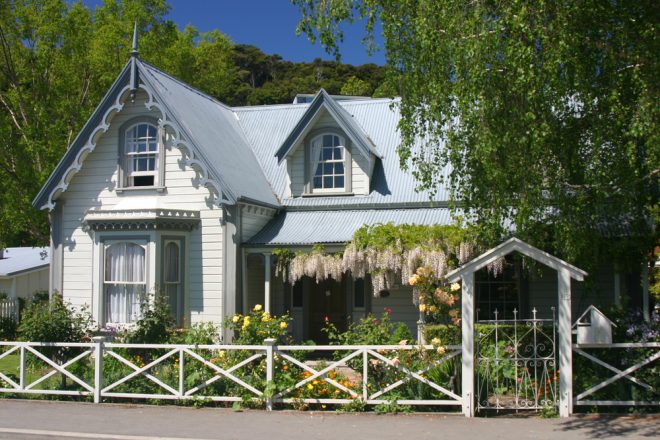Property values in the Wellington region have dropped about 20% since their peak after Covid. According to Corelogic’s Home Value Index, the median house value in Wellington is now $837,425.
Wellington City saw the largest quarterly drop at 3.2%, followed by Porirua at 2.7%, Lower Hutt at 2.5%, and Kāpiti Coast at 2.2%. Upper Hutt had a small decrease of 0.5%.
In comparison, Auckland’s median house value is $1,095,013, which is a 0.8% decrease from last month and 20.3% lower than its peak after Covid. However, Auckland’s house prices increased by 1.8% over the year. The market in Auckland is also weak, with declines across different areas, ranging from 0.4% in Rodney to 1.0% in Auckland City.
Kelvin Davidson, a property economist, mentioned that Auckland is dealing with high mortgage rates and other challenges that affect the market. There is also a lot of new housing construction in Auckland which could keep property values low for a while.
In Hamilton, Waikato, house prices dropped 0.6% from last month and 1.9% in the last quarter, but still increased by 4% over the year. The median house value there is $737,011, which is 11.5% lower than the post-Covid peak but 20.7% higher than before Covid.
Tauranga has the second-highest median house value in the country at $925,166. This is a 0.9% monthly decrease and a 16.7% reduction from the post-Covid peak, with only a small annual increase of 0.7%.
In Christchurch, the median house price dropped 0.1% monthly and 0.7% quarterly, sitting at $691,888. This is 7.1% lower than the post-Covid peak, but still shows a 4.9% annual increase.
Dunedin has the lowest median house price at $609,004, down 0.5% from last month and 10.6% from its post-Covid peak. It saw an annual increase of 5.6% and is up 11.4% from pre-Covid levels.
Overall, the national median house value is now $827,515, down about $21,200 from February. Property values are still around 16% below the peak of $982,918 in January 2022 but about 19% higher than before Covid.





























































